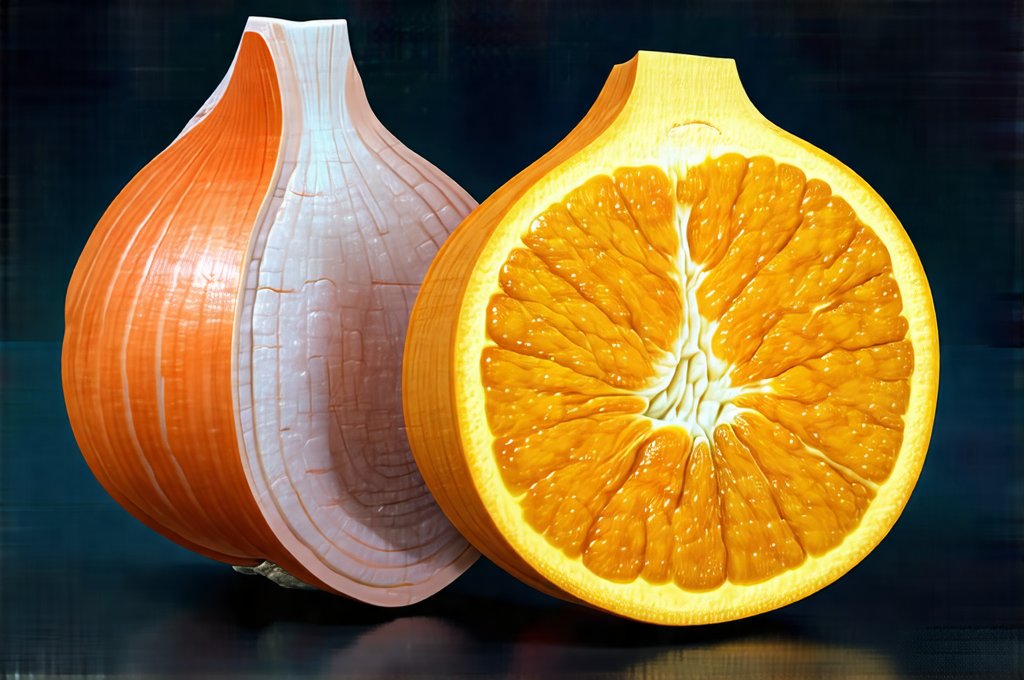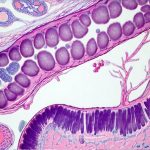The gut, often called our “second brain,” plays an incredibly vital role in overall health – influencing everything from digestion and nutrient absorption to immunity and even mental well-being. When inflammation flares up within the gut lining, it can disrupt this delicate ecosystem, leading to a cascade of uncomfortable symptoms and potentially long-term health issues. Healing the gut isn’t about quick fixes; it’s about nurturing the intestinal barrier back to strength and restoring a balanced microbiome. This requires a thoughtful approach focusing on dietary choices that soothe inflammation, promote repair, and support microbial diversity.
Many factors can contribute to gut inflammation – stress, poor diet (high in processed foods, sugar, and unhealthy fats), antibiotic use, infections, and even chronic illnesses. When the gut lining becomes compromised, it allows undigested food particles, toxins, and bacteria to “leak” into the bloodstream, triggering an immune response and exacerbating inflammation. This is often referred to as “leaky gut,” though it’s important to understand that’s a simplified term for increased intestinal permeability. The good news is that with targeted nutrition, we can significantly support the healing process and rebuild a robust and resilient gut barrier. Focusing on foods that nourish and protect is paramount in this journey back to digestive health. Understanding the connection between inflammation and nausea can be a crucial step.
Foundational Foods for Gut Healing
The cornerstone of any gut-healing protocol lies in incorporating foods rich in nutrients that specifically support intestinal repair and reduce inflammation. These aren’t necessarily exotic or expensive; often, they are everyday staples when chosen thoughtfully. Prioritizing whole, unprocessed foods is the first step. Think vibrant fruits and vegetables – particularly those with prebiotic fiber, which feeds beneficial gut bacteria. Lean proteins provide building blocks for tissue repair, while healthy fats contribute to cell membrane integrity. Crucially, removing inflammatory triggers like processed sugar, refined carbohydrates, and excessive alcohol consumption creates a foundation for healing.
Beyond simply avoiding problematic foods, actively including specific nutrient-dense options is vital. Bone broth, for instance, contains collagen and amino acids that can help rebuild the gut lining. Fermented foods like yogurt (if tolerated), kefir, sauerkraut, and kimchi introduce beneficial probiotics – live microorganisms that enhance microbial diversity. And certain fats, such as omega-3 fatty acids found in wild salmon or flaxseeds, have anti-inflammatory properties. It’s about building a dietary pattern that actively supports gut health rather than just eliminating potential irritants. If you experience nausea after eating, exploring foods that calm the stomach can be helpful.
A significant part of the healing process also involves focusing on foods that are easily digestible. When the gut is inflamed, it struggles to break down complex carbohydrates and certain proteins effectively. This can lead to bloating, gas, and further irritation. Therefore, opting for well-cooked vegetables, softer fruits, and smaller, more frequent meals can ease the digestive burden and allow the gut to rest and repair. It’s also important to listen to your body and identify any individual food sensitivities that may be contributing to inflammation.
The Role of Prebiotics & Probiotics
Prebiotics and probiotics are often discussed together, but they play distinct yet complementary roles in gut health. Probiotics are live microorganisms – the “good” bacteria – that colonize the gut and contribute to a healthy microbiome. You can obtain them through fermented foods or probiotic supplements. However, probiotics need food to thrive, and this is where prebiotics come in. Prebiotics are types of fiber that act as fuel for beneficial gut bacteria, encouraging their growth and activity.
- Common prebiotic sources include: garlic, onions, leeks, asparagus, bananas (slightly green), oats, apples, and chicory root.
- Incorporating both prebiotics and probiotics is a powerful strategy for restoring microbial balance.
- A diverse microbiome is associated with improved digestion, enhanced immunity, and even better mental health.
Choosing the right probiotic supplement can be tricky, as different strains have different effects. It’s best to consult with a healthcare professional to determine which strain or combination of strains might be most appropriate for your specific needs. Remember that introducing probiotics too quickly can sometimes cause temporary digestive upset, so it’s often recommended to start with a low dose and gradually increase as tolerated. Understanding nutrient leaks through the gut lining is also beneficial.
The Power of L-Glutamine & Collagen
L-glutamine is an amino acid that plays a crucial role in maintaining the integrity of the intestinal lining. It’s essentially the primary fuel source for the cells that make up the gut wall, helping to repair damage and strengthen the barrier function. While you can obtain some L-glutamine through dietary sources like beef, chicken, fish, eggs, spinach, and parsley, supplementation is often recommended during periods of significant gut inflammation or compromise.
Collagen, as mentioned earlier, is another essential component of the gut lining. It provides structural support and helps to seal gaps in the intestinal barrier. Bone broth is a rich source of collagen, but you can also find it in supplement form – hydrolyzed collagen peptides are easily digestible and readily absorbed by the body.
- Combining L-glutamine supplementation with collagen intake can create a synergistic effect, accelerating gut healing.
- It’s important to note that these supplements aren’t magic bullets; they work best when combined with a healthy diet and lifestyle practices.
- Always consult with your healthcare provider before starting any new supplement regimen.
Soothing Inflammation: Anti-Inflammatory Foods
Chronic inflammation is the enemy of gut health, so incorporating foods with anti-inflammatory properties is essential for healing. Omega-3 fatty acids, found in fatty fish (salmon, mackerel, sardines), flaxseeds, and chia seeds, are potent anti-inflammatory agents. Similarly, turmeric – particularly its active compound curcumin – has been shown to reduce inflammation throughout the body, including the gut.
- Other powerful anti-inflammatory foods include: berries (rich in antioxidants), green tea, ginger, olive oil, and leafy green vegetables.
- Reducing or eliminating inflammatory triggers like sugar, processed foods, red meat, and excessive alcohol is equally important.
- Consider incorporating spices like cinnamon and cloves into your diet – they not only add flavor but also possess anti-inflammatory properties. Learning top foods to starve bad gut bacteria is a proactive step.
Ultimately, healing the gut lining after inflammation requires a holistic approach that combines dietary changes with stress management, adequate sleep, and regular physical activity. It’s about creating an environment within the body that supports restoration and resilience. Remember to listen to your body, be patient with the process, and celebrate small victories along the way. Thinking about best practices for introducing fermented foods is key, as well as considering budget friendly options. And don’t forget to understand why nausea appears after cold drinks when the gut lining is inflamed!


















